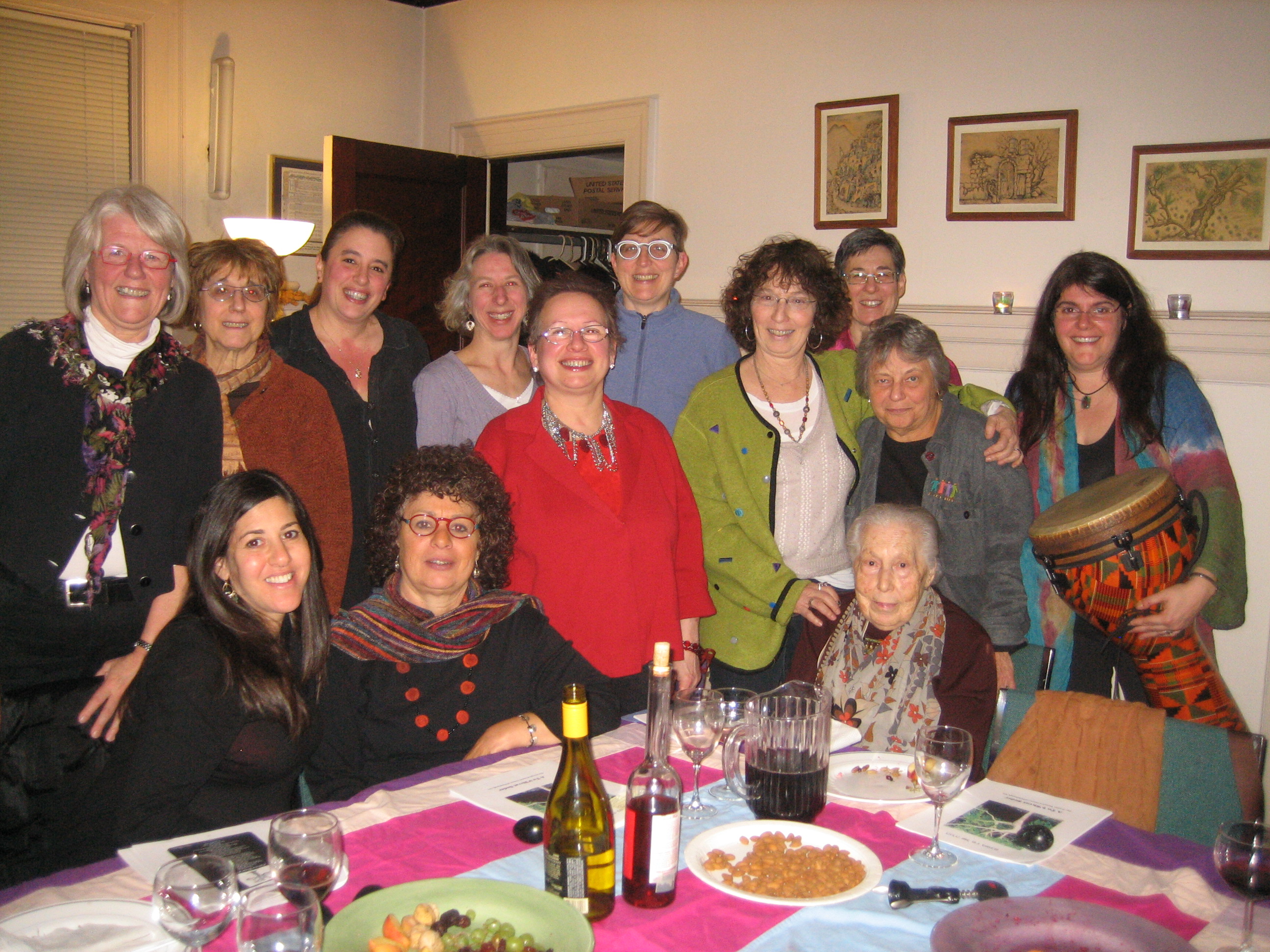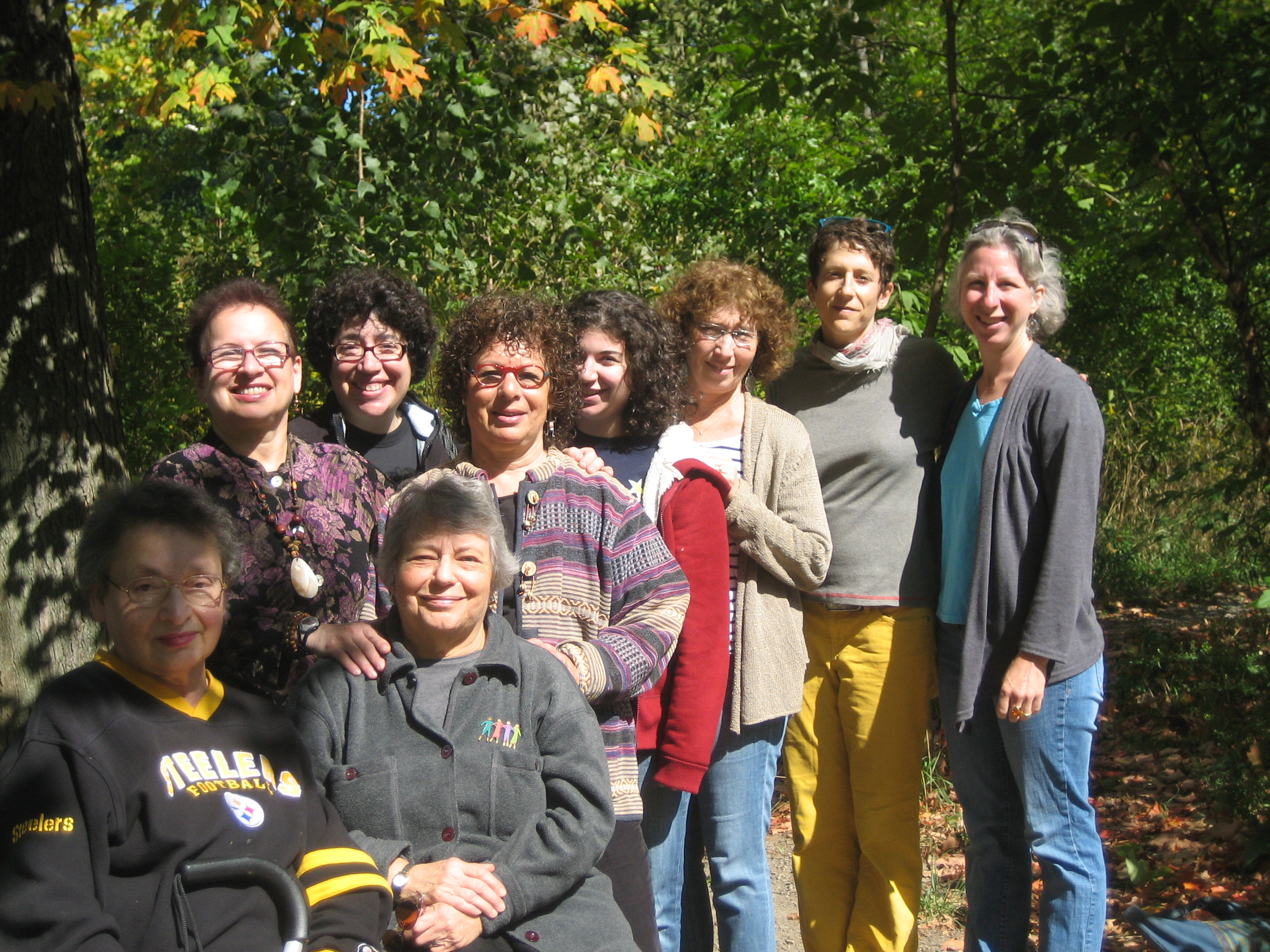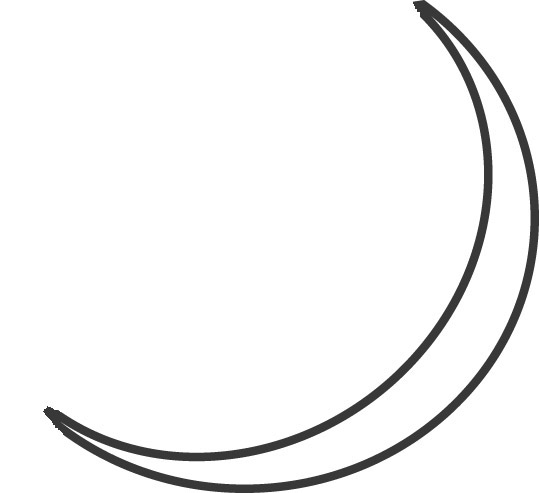
Home
Calendar
Newsletters
Rosh Hodesh
Celebrations
Membership
Rituals
Tzedakah
Book Group & Library
Related Links
Contact
Celebrations

The Jewish Women’s Center of Pittsburgh gathers often to celebrate. Visit our Rosh Hodesh page for information on our monthly gatherings to celebrate the New Moon. We also gather to celebrate Tashlich/Shalechet and Sukkot; we gather for occasional women’s retreats/Shabbaton, Tu B’Shevat Seders, women’s Pesach Seders, women’s Shabbat services, and more. (View our calendar page)
Table of Contents:
Tashlich/Shalechet

From its beginning in 1992, The Jewish Women’s Center of Pittsburgh has been observing the rituals of tashlich and shalechet to mark the beginning of our year. Our location has changed from the lily pad pond in a cemetery to the fish-filled pond at a college to its present location at a flowing stream in a park. Our numbers may be four or ten! However, each one arrives with crumbs or flower petals and leaves with a sense of personal and communal intentions for the coming year.
Tashlich and shalechet both have the same Hebrew root letters:
| ש | ל | כ |
| Shin | Lamed | Kaf |
In tashlich, we cast out, metaphysically transferring our wrong-doings to bits of bread; in shalechet, we shed, as trees drop their leaves in autumn. Rather than viewing this ritual as throwing the “bad” things into the water, we are instead like trees, shaking free of what has dried up and is no longer healthy or nourishing to us. Shalechet is a feminine noun, and for us women, the concept of letting go is a part of our natural, on-going cycle.
Tradition teaches that tashlich is a cyclical ritual. When we throw the pieces of bread into the water, they are eaten by the fish and recycled back into the food chain. The act of shalechet follows a similar process. The fallen leaves fertilize the soil around the tree, helping new plants and trees to sprout in the spring. Thus, what is no longer useful, what we shed or cast off, can become sustenance to something else. What each of us would like to release for ourselves might be exactly what another person is looking to bring into her life.
As part of our tashlich/shalechet ritual, each woman writes on a card an understanding about herself that she has acquired during the past year that she would like to give to someone else; for example, to shed understanding that is only intellectual and to allow feelings and intuition to come forward. The cards are collected and each one picks the card that she needs. Following personal time for reflection, one of the participants sounds the shofar. See a recent version of our Tashlich/Shalechet ritual
. . . . . . . . . . . . . . . . . . . . . . .
Tu B'Shevat Seder
In Israel, the blooming of the almond trees in January is the harbinger of Spring. In Pittsburgh, during what for us is the depth of winter, we celebrate Tu B’shvat, the New Year of the Trees, with a woman’s flair. This holiday allows us to stop and contemplate the meaning of trees (nature) in our lives, give thanks and blessings for all that trees do for us, as well as find deeper spiritual meaning in the symbols of the holiday.
Hundreds of years ago, in the town of Tzfat in Israel the Kabbalists developed a Tu B’shvat Seder, modeled on the Pesach seder. They drank four cups of wine and ate fruits symbolizing various aspects of the human spiritual condition. Each year the JWC relives this tradition. Using traditional symbols and modern, feminine language, we drink four cups of red and white wine, eat various fruits, read from a woman-focused Haggadah, sing, and share stories. See a recent version of our Tu B’Shevat haggadah
. . . . . . . . . . . . . . . . . . . . . . .
Fast of Esther
The Fast of Esther, which is the 13th of the month of Adar, is an important date for the JWC. We gather to remember the courage of Queen Esther and her commitment to the future of the Jewish people. Commemorating this Fast also makes us mindful of the plight of all women everywhere. We purchase personal items for women who live in shelters, such as toiletries, underwear, and socks.
. . . . . . . . . . . . . . . . . . . . . . .
Women’s Pesach Seder
In 1993, the JWC was a pioneer in Pittsburgh of a third Pesach seder that celebrated the contributions of Jewish women to the Exodus and to modern Jewish life. Many organizations in our city and nationally now routinely offer women-focused seders. Our first Women’s Pesach Seder celebrated Shifra and Puah, Yocheved and Batya, Miriam, and the Unnamed at a time when women’s role in ancient and modern Jewish life was rarely acknowledged except in specific, traditional ways. At our 18th annual Women’s Seder in 2011, in a haggadah themed “Women’s Haggadot Retrospective: How We Have Evolved Over the Years,” we took time to look back to 1993 and to various other times between now and then, asking ourselves: Are our lives the same or different? How are they different? What has remained the same? We asked how the Jewish world and the larger world around us have changed and not changed.
Our list of yearly seder themes (click to view) shows the breadth of our exploration of ourselves as Jewish women and of the role of women in Jewish life. We see these many years of Women’s Seder haggadot as verbal photos or comments about where we, as Jewish feminists, were at a particular moment in time.
You can also see examples of our haggadot:
- 5779/2019, when the theme was Honoring Jewish Women whose Names have been Lost until recently.
- 5778/2018, when the theme was Places Where Our Identities Meet.
- 5777/2017, when the theme was Passages Through Life’s Doors.
- 5774/2014, when the theme was Differences that Connect Us.
- 5770/2010, when the theme was Kavanah (Intention).
- 5764/2004, when the theme was Confirming, Confronting, Creating.
If you would like copies of the Women’s Seder haggadot from other years, please contact us.
